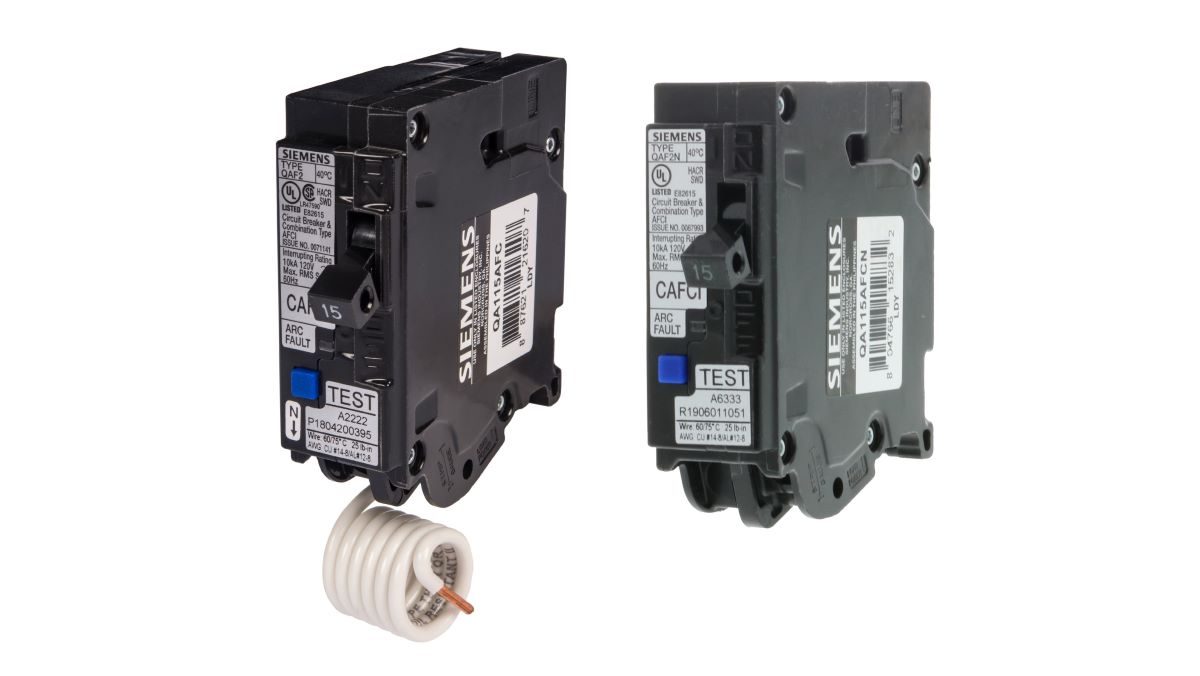

Articles
Where Are Arc Fault Breakers Required?
Modified: December 7, 2023
Discover the latest requirements for arc fault breakers in 2019. Read our informative articles to stay updated on codes and regulations.
(Many of the links in this article redirect to a specific reviewed product. Your purchase of these products through affiliate links helps to generate commission for Storables.com, at no extra cost. Learn more)
Introduction
An arc fault breaker is an essential component of an electrical system that helps protect against potential fire hazards caused by arc faults. Arc faults occur when there is a breakdown in the integrity of electrical conductors, resulting in an unintentional electrical discharge or spark. These sparks can generate significant heat and ignite surrounding materials, leading to residential, commercial, or industrial fires.
Given the potential dangers associated with arc faults, the installation of arc fault breakers has become a critical safety measure for both residential and commercial buildings. In recognition of their effectiveness in preventing electrical fires, authorities and regulatory bodies have established specific requirements for the installation of arc fault breakers in different types of locations.
This article aims to provide an overview of where arc fault breakers are required in various settings, including residential, commercial, and industrial spaces. We will also highlight the changes in arc fault breaker requirements for the year 2019. Additionally, we will explore the benefits of installing arc fault breakers and how they contribute to overall electrical safety.
Key Takeaways:
- Arc fault breakers are required in residential, commercial, and industrial spaces to prevent electrical fires. The year 2019 saw expanded coverage, increased sensitivity, and a focus on education and awareness for enhanced electrical safety.
- Installing arc fault breakers offers benefits such as fire prevention, code compliance, and early detection of electrical issues. They provide peace of mind and contribute to reduced property damage, making properties safer for occupants.
Understanding Arc Fault Breakers
Arc fault breakers, also known as arc fault circuit interrupters (AFCIs), are electrical safety devices that detect and mitigate the risks associated with arc faults. They are designed to quickly interrupt the flow of electricity when they sense abnormal electrical arcing, preventing potential fire hazards.
Unlike traditional circuit breakers that only protect against overloads and short circuits, arc fault breakers are specifically designed to identify and respond to dangerous arc faults. They contain advanced technology that can detect the unique waveform of an arc fault and distinguish it from normal electrical activity.
When an arc fault is detected, the arc fault breaker trips or interrupts the electrical circuit, cutting off the flow of electricity and eliminating the risk of the arc causing a fire. This rapid response helps prevent potential electrical fires before they can spread and cause damage.
Arc fault breakers are typically installed at the electrical panel or distribution board, where they can monitor and protect multiple circuits. They come in different types, including branch circuit AFCIs and combination AFCIs, each designed for specific applications and areas of the electrical system.
It is important to note that arc fault breakers are a supplemental safety measure and should not be considered a replacement for proper electrical installation practices or adherence to building codes. They work in conjunction with other safety devices, such as smoke detectors and insulation techniques, to provide comprehensive electrical safety.
Residential Locations Requiring Arc Fault Breakers
Residential buildings are one of the primary areas where arc fault breakers are required for enhanced electrical safety. The specific locations within a residential property that require arc fault breakers may vary depending on the electrical code regulations in your region. However, there are a few common areas that typically require arc fault protection:
- Bedrooms: To address the increased risk of arc faults caused by the use of electrical appliances, outlets in bedrooms are usually required to have arc fault circuit interrupters. This includes outlets in master bedrooms, children’s bedrooms, guest rooms, and any other sleeping areas in the house.
- Living and Dining Rooms: Since these areas are frequently used for entertainment and contain various electrical devices such as TVs, gaming consoles, and sound systems, arc fault breakers are typically required. This helps mitigate potential arc fault risks and minimizes the chances of electrical fires.
- Kitchens: Due to the presence of major appliances, including refrigerators, microwaves, dishwashers, and electric stovetops, kitchens have a higher risk of arc faults. To ensure the safety of homeowners, arc fault protection is usually required in kitchen outlets.
- Laundry Rooms: With the use of electrical appliances like washing machines and dryers, laundry rooms can become a potential area for arc faults to occur. Therefore, arc fault breakers are commonly required in laundry room circuits.
- Garages: Garages are often used to power tools, equipment, and automotive-related devices, making them susceptible to arc faults. To prevent fires that could spread to the rest of the house, it is common for arc fault protection to be required in garage circuits.
It’s important to consult the specific electrical codes and regulations in your area to determine the exact requirements for the installation of arc fault breakers in residential locations. Hiring a qualified electrician to assess your electrical system and ensure compliance with the relevant standards is always recommended.
Commercial Locations Requiring Arc Fault Breakers
Just like residential buildings, commercial establishments also have specific areas that require the installation of arc fault breakers for increased electrical safety. These requirements may vary depending on the regulations and building codes in your region. Here are some common commercial locations that typically require arc fault protection:
- Offices and Workspaces: In office buildings, arc fault breakers are commonly required in areas such as cubicles, conference rooms, and workstations. With the presence of computers, printers, and other office equipment, there is an increased risk of arc faults that could lead to fires.
- Retail Stores: Retail establishments, including stores and shopping centers, often require arc fault breakers to protect against potential arc faults caused by the use of electrical equipment, such as cash registers, scanners, and display lighting.
- Restaurants and Cafes: Kitchens and dining areas in restaurants and cafes are areas where arc fault breakers are typically required. From commercial-grade cooking equipment to electrical outlets used for customer seating, arc fault protection is essential for fire prevention in these spaces.
- Medical Facilities: In healthcare settings such as hospitals, clinics, and medical offices, arc fault breakers are needed to ensure the safety of patients, staff, and sensitive medical equipment. Areas such as patient rooms, operating theatres, and diagnostic rooms typically require arc fault protection.
- Entertainment Venues: Locations like theaters, concert halls, and event venues often require arc fault protection to address the potential risks associated with the use of lighting systems, sound equipment, and other electrical devices.
As with residential buildings, it is crucial to consult the applicable electrical codes and regulations in your area to determine the specific requirements for commercial locations. Engaging the services of a qualified electrician or electrical engineer who is familiar with commercial installations can help ensure compliance and enhance electrical safety in these spaces.
Arc fault breakers are required in bedrooms, living rooms, and other living spaces in residential buildings according to the 2019 National Electrical Code. Always consult local building codes for specific requirements in your area.
Industrial Locations Requiring Arc Fault Breakers
In industrial settings, where complex electrical systems are in place, the installation of arc fault breakers plays a crucial role in maintaining a safe working environment. The specific areas within industrial locations that require arc fault protection may vary based on local regulations and industry-specific standards. Here are some common industrial locations where arc fault breakers are typically required:
- Manufacturing Plants: Manufacturing facilities often house heavy machinery, electrical equipment, and production lines. These areas have an elevated risk of arc faults due to electrical malfunctions or equipment failures. Arc fault breakers are necessary to mitigate the potential fire hazards posed by arc faults in these environments.
- Power Generation Plants: Power plants, including nuclear, coal, gas, or renewable energy facilities, require stringent electrical safety measures. Arc fault breakers are essential for protecting critical equipment, control rooms, and high-voltage areas from the risks associated with arc faults.
- Chemical Processing Plants: With the presence of hazardous materials and volatile chemicals, arc faults in chemical processing plants can have severe consequences. Arc fault breakers are often required in areas such as mixing rooms, storage areas, and control panels to prevent accidental fires and explosions.
- Mining Sites: Underground mining operations and surface mining facilities require robust electrical safety measures. Arc fault breakers are critical for protecting equipment used in mining, including conveyors, crushers, and control rooms, against arc fault-related fire hazards.
- Warehouses and Distribution Centers: Warehouses and distribution centers typically handle large volumes of goods and employ various electrical systems, such as conveyor systems and automated storage. The installation of arc fault breakers in these areas is necessary to mitigate the risks associated with arc faults.
It is important for industries to comply with relevant electrical codes, regulations, and industry-specific guidelines to ensure the safety of personnel, equipment, and facilities. Consulting with electrical engineers and professionals specializing in industrial installations can help determine the specific requirements for arc fault breakers in industrial locations.
Changes in Arc Fault Breaker Requirements for 2019
In recent years, there have been updates and changes in arc fault breaker requirements to improve electrical safety standards. While the specific regulations may vary based on your location, here are some significant changes that have been implemented in arc fault breaker requirements for the year 2019:
- Expanded Coverage: The coverage of arc fault breakers has been expanded to include more areas within residential, commercial, and industrial buildings. Previously, arc fault protection was primarily required in bedrooms, but now it is commonly mandated in additional areas, such as living and dining rooms, kitchens, laundry rooms, garages, offices, and other critical spaces.
- Combination Arc Fault Breakers: In line with advancements in technology, combination arc fault breakers have become more widely accepted and used. These breakers provide both series arc fault and parallel arc fault protection, offering enhanced safety features. Combination breakers are now commonly used alongside traditional branch circuit arc fault breakers.
- Increased Sensitivity: The sensitivity of arc fault breakers has been improved to better detect and respond to arc faults. This enhancement enables the breakers to quickly interrupt the circuit when abnormal arc fault conditions are detected, minimizing the risk of fire hazards.
- Strengthened Code Compliance: The enforcement of compliance with arc fault breaker requirements has been strengthened by authorities and regulatory bodies. Inspections and audits are conducted more rigorously to ensure that residential, commercial, and industrial buildings meet the latest electrical safety standards.
- Education and Awareness: There is an increased focus on educating homeowners, businesses, and electrical professionals about the importance of arc fault protection and the proper installation of arc fault breakers. Training programs and resources are made available to improve knowledge and understanding of electrical safety practices.
It is important to keep in mind that arc fault breaker requirements may vary depending on the jurisdiction and local electrical codes. Staying up to date with the latest regulations and seeking guidance from qualified electricians or electrical consultants can help ensure compliance and enhance the overall electrical safety of your premises.
Benefits of Installing Arc Fault Breakers
Installing arc fault breakers in your residential, commercial, or industrial property offers numerous benefits, enhancing both electrical safety and peace of mind. Here are some key advantages of having arc fault breakers in your electrical system:
- Fire Prevention: Arc fault breakers are specifically designed to detect and interrupt arc faults, which are a leading cause of electrical fires. By quickly cutting off the flow of electricity when an abnormal arc fault is detected, these breakers help prevent fires from starting and spreading.
- Enhanced Electrical Protection: Traditional circuit breakers are designed to protect against overloads and short circuits, but they do not address arc faults. Arc fault breakers provide an additional layer of protection by specifically targeting arc faults, thereby reducing the risk of electrical accidents and equipment damage.
- Code Compliance: Keeping up with electrical code requirements is vital to ensure the safety of your property and to comply with regulations. Installing arc fault breakers helps meet these codes and standards, demonstrating your commitment to electrical safety and potentially avoiding penalties or legal issues.
- Early Detection of Electrical Issues: Arc fault breakers are able to detect electrical anomalies and disturbances that may indicate underlying electrical problems. By tripping and notifying you of potential issues, they allow for early detection and prompt maintenance or repairs, preventing further damage or hazards.
- Reduced Risk of Property Damage: Electrical fires can cause significant damage to property and possessions. Installing arc fault breakers helps minimize the risk of fires, thereby reducing property damage and potentially lowering insurance costs.
- Enhanced Safety in Occupied Spaces: Residential properties with arc fault breakers installed provide increased safety for families, especially in areas where people sleep, study, or spend a significant amount of time. Commercial and industrial spaces benefit from the heightened protection offered, ensuring the safety of employees, customers, and valuable assets.
- Peace of Mind: Knowing that your electrical system is equipped with arc fault breakers provides peace of mind. It allows you to feel confident in the safety and reliability of your electrical infrastructure, minimizing concerns about potential electrical hazards.
Installing arc fault breakers is a proactive step towards reducing the risk of electrical fires, ensuring compliance with electrical codes, and safeguarding your property and its occupants. Consulting with a qualified electrician is recommended to determine the specific arc fault breaker requirements for your building and to ensure proper installation and functionality.
Conclusion
Arc fault breakers are an integral component in modern electrical systems, providing crucial protection against arc faults and minimizing the risk of electrical fires. Whether in residential, commercial, or industrial settings, the installation of arc fault breakers is essential for enhancing electrical safety.
Understanding the requirements for arc fault breakers in different locations is key to ensuring compliance with electrical codes and regulations. In residential spaces, arc fault breakers are commonly required in bedrooms, living rooms, kitchens, garages, and other areas where the risk of arc faults is prominent. Commercial and industrial locations such as offices, retail stores, restaurants, manufacturing plants, and power generation facilities have their specific areas that necessitate the installation of arc fault breakers.
It’s worth noting that regulations regarding arc fault breakers may evolve over time. The year 2019 saw changes that expanded coverage, introduced combination arc fault breakers, increased sensitivity, and strengthened code compliance and awareness. Staying informed about these changes and consulting with professionals in the industry will help ensure your electrical system remains up to date and compliant.
The benefits of installing arc fault breakers are significant. These devices not only prevent fires and protect against electrical hazards but also contribute to early detection of electrical issues, code compliance, and reduced property damage. They provide peace of mind, knowing that you have taken the necessary steps to prioritize the safety of your property and its occupants.
In conclusion, investing in arc fault breakers is a wise decision that demonstrates your commitment to electrical safety. By working with qualified electricians and staying up to date with electrical codes, you can ensure the proper installation and functionality of arc fault breakers, making your property a safer place to live or work, and reducing the risk of electrical fires and related damages.
Frequently Asked Questions about Where Are Arc Fault Breakers Required?
Was this page helpful?
At Storables.com, we guarantee accurate and reliable information. Our content, validated by Expert Board Contributors, is crafted following stringent Editorial Policies. We're committed to providing you with well-researched, expert-backed insights for all your informational needs.
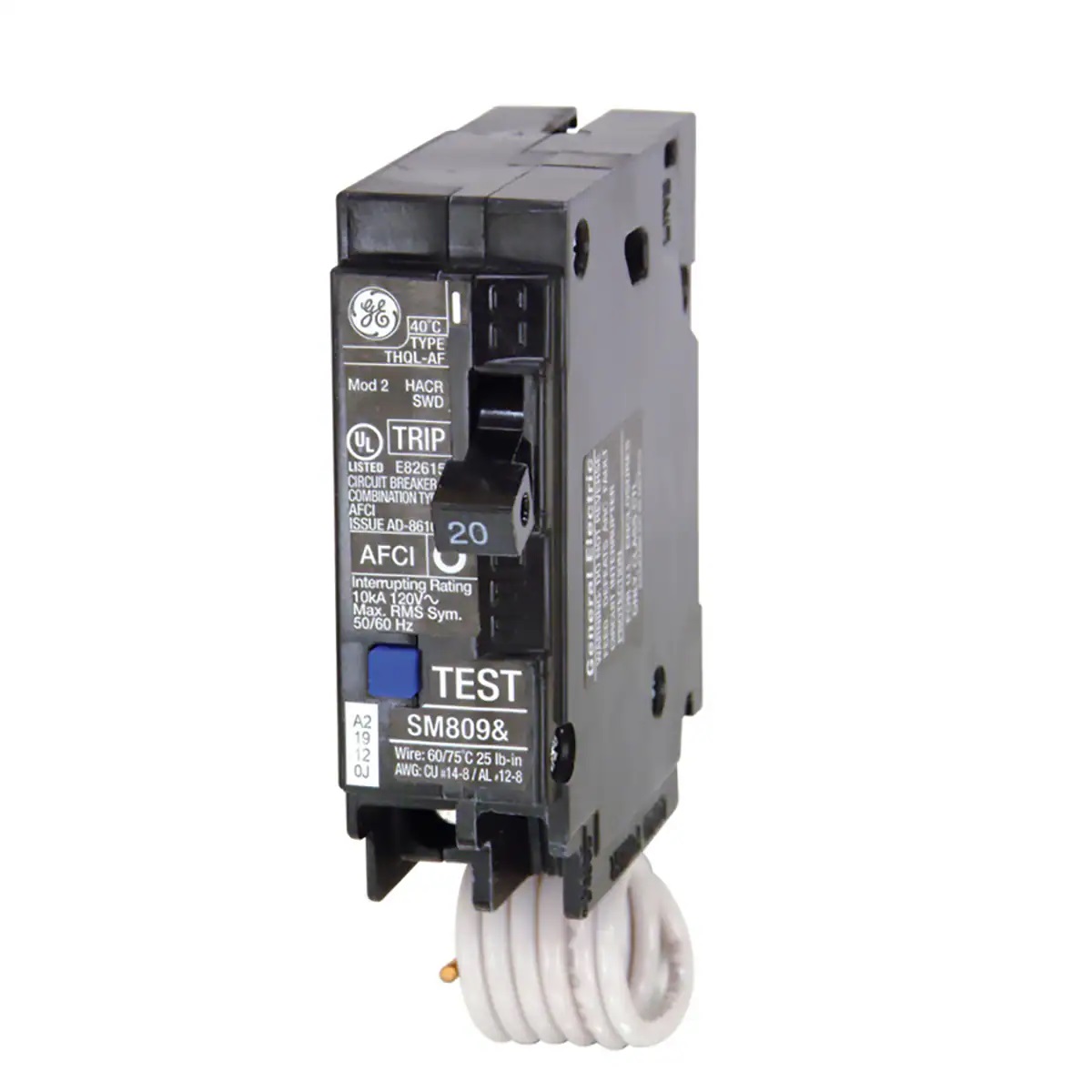
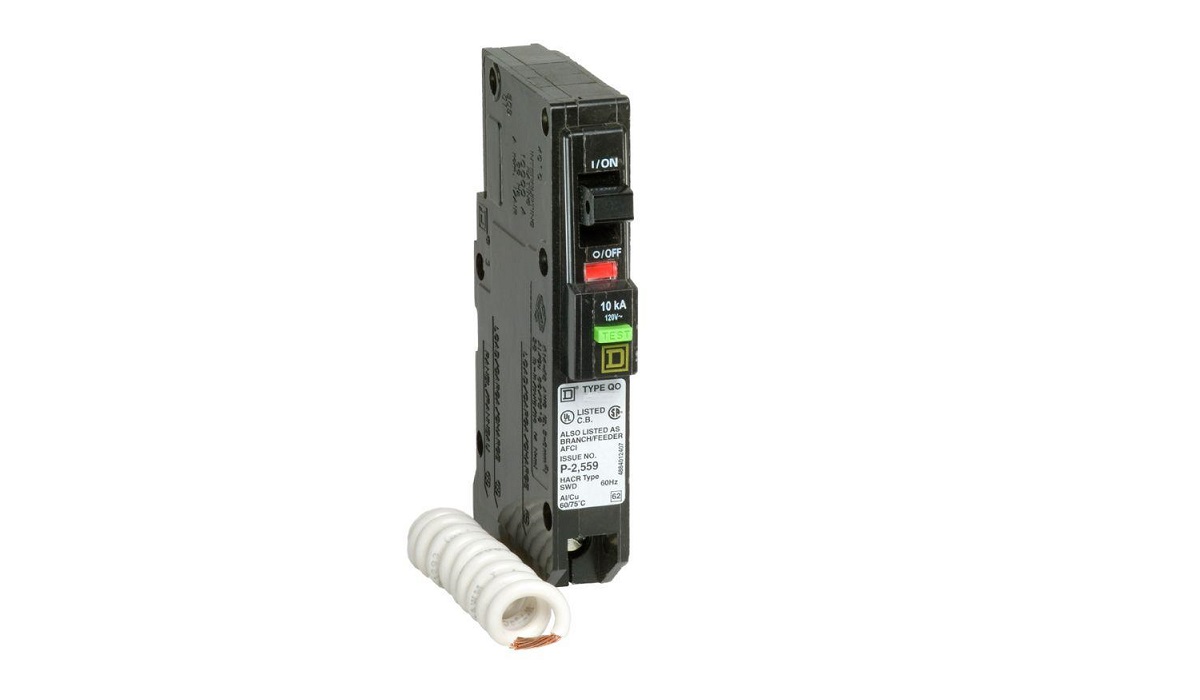
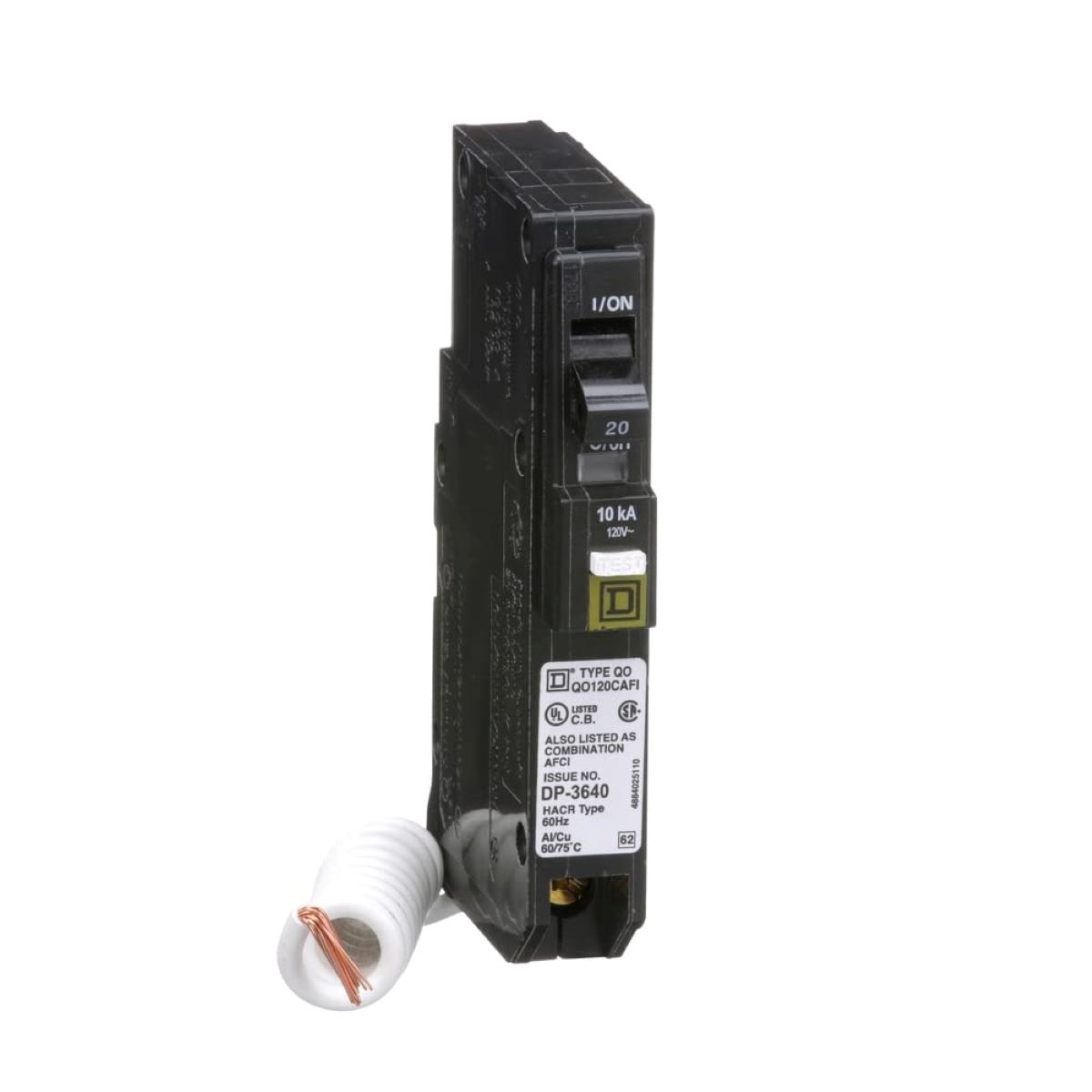
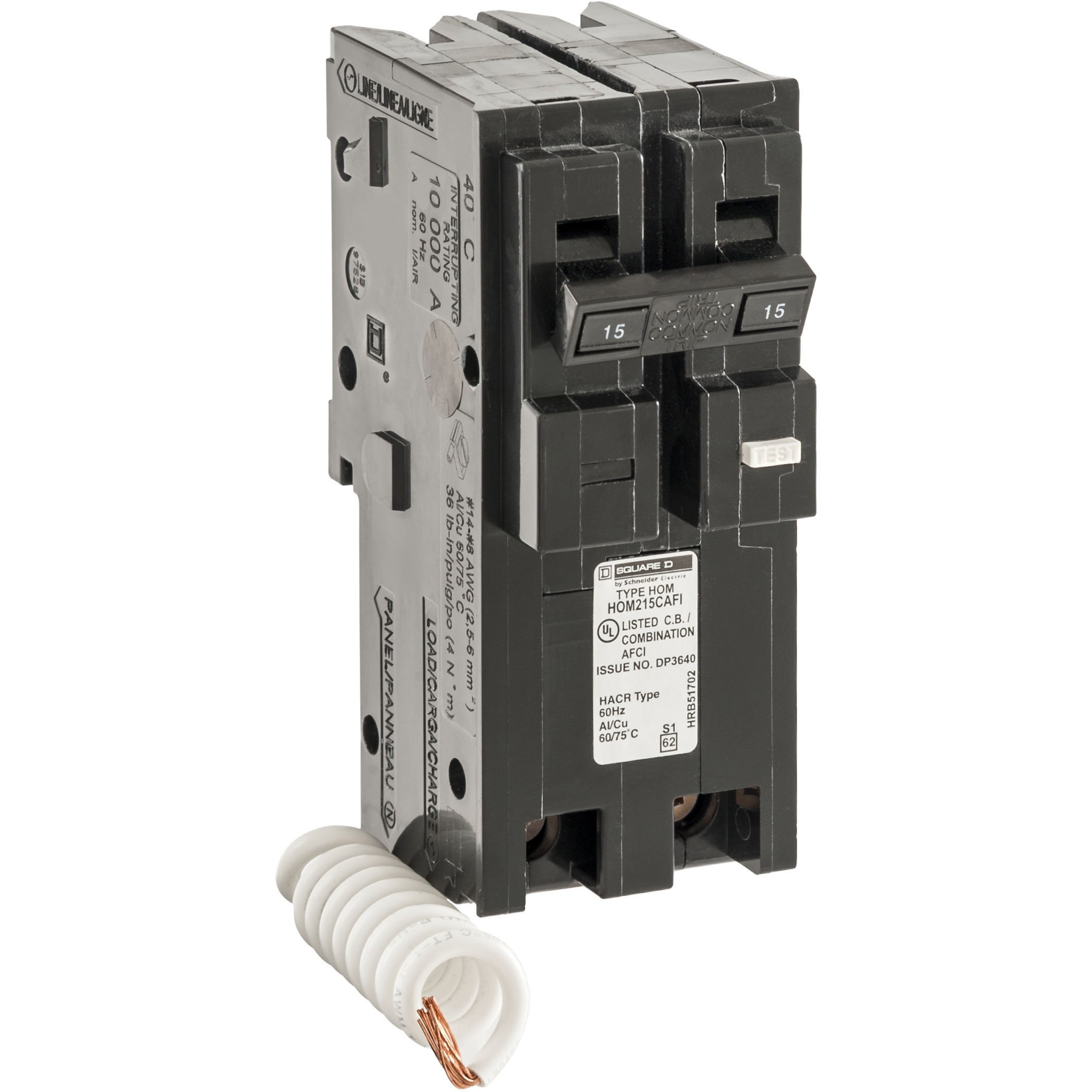
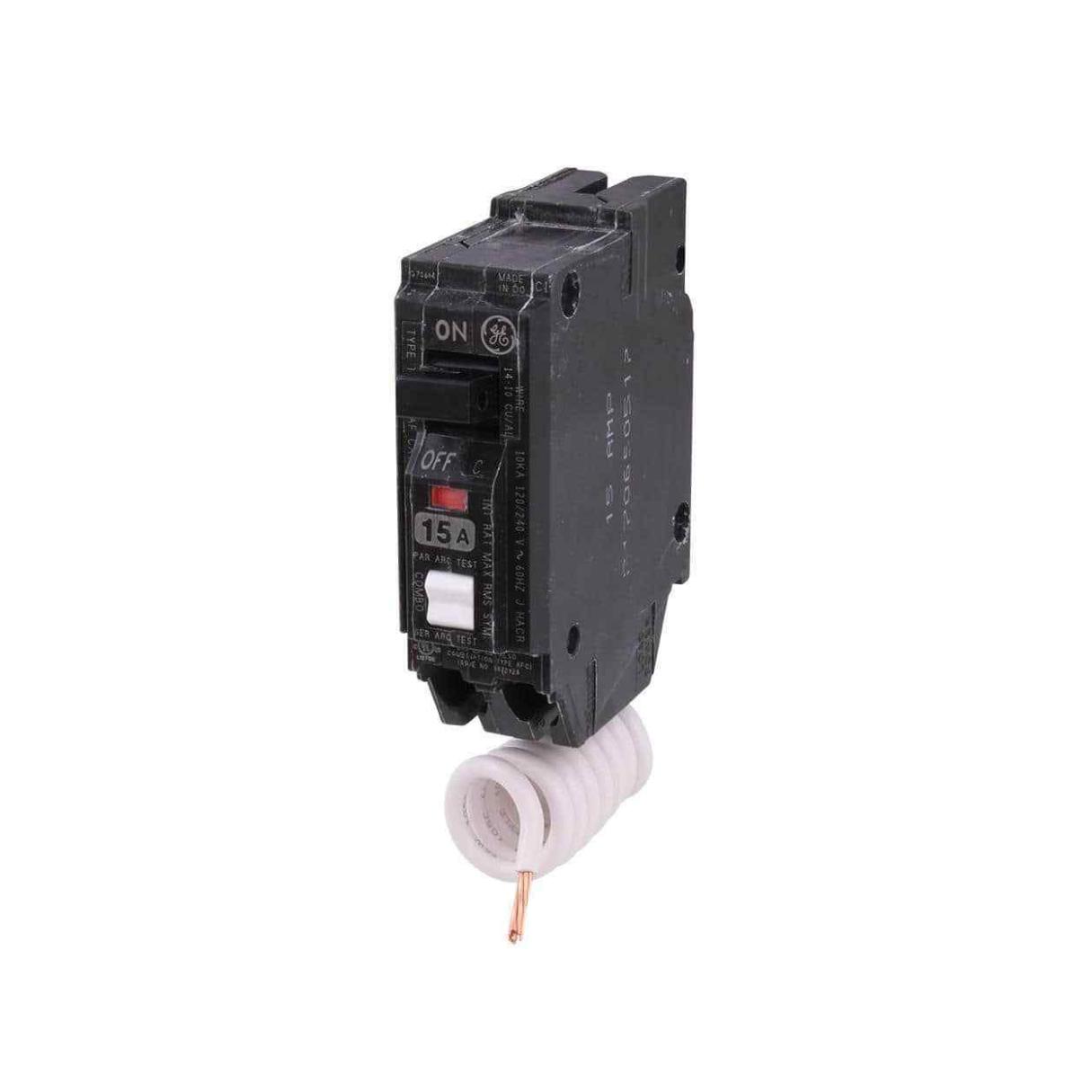
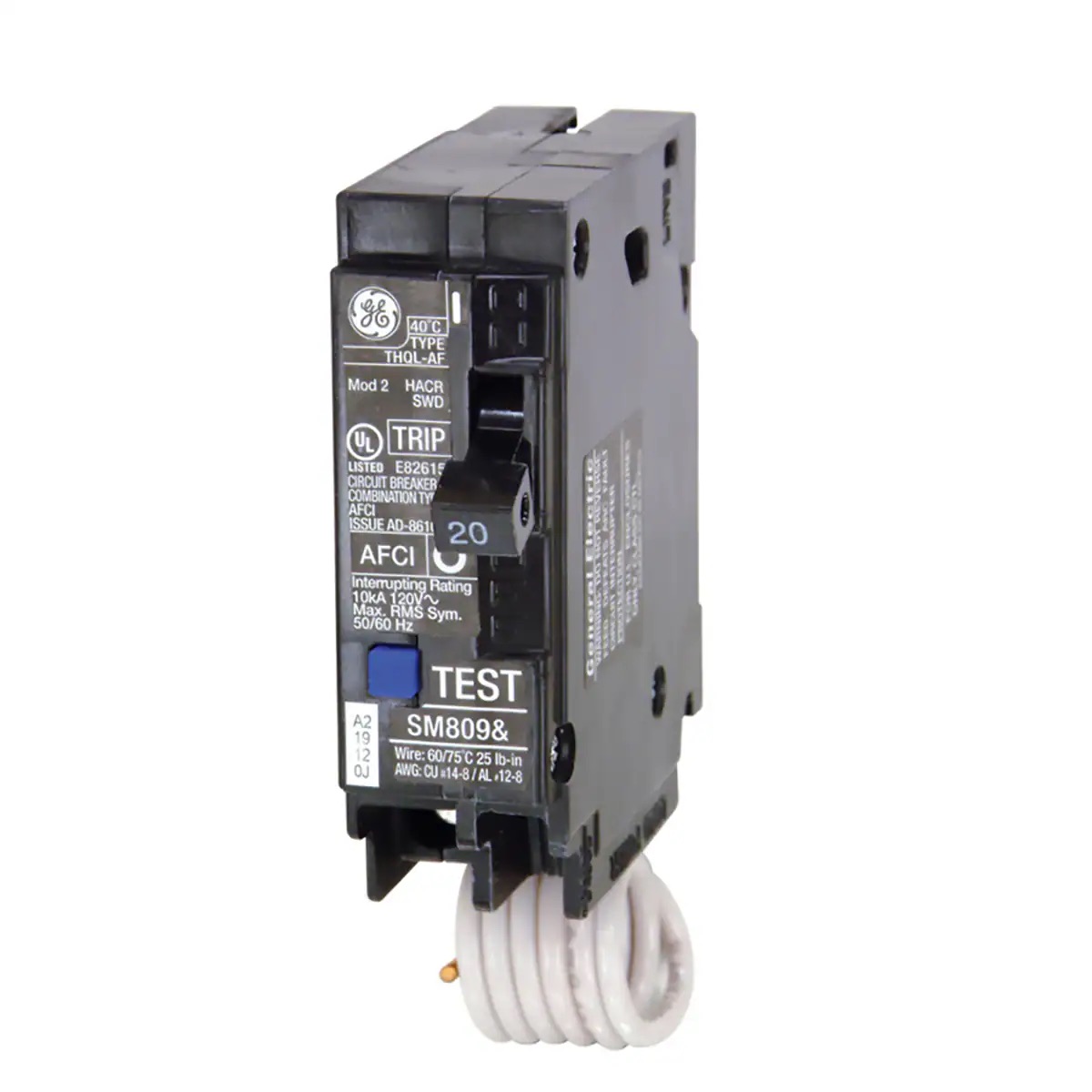
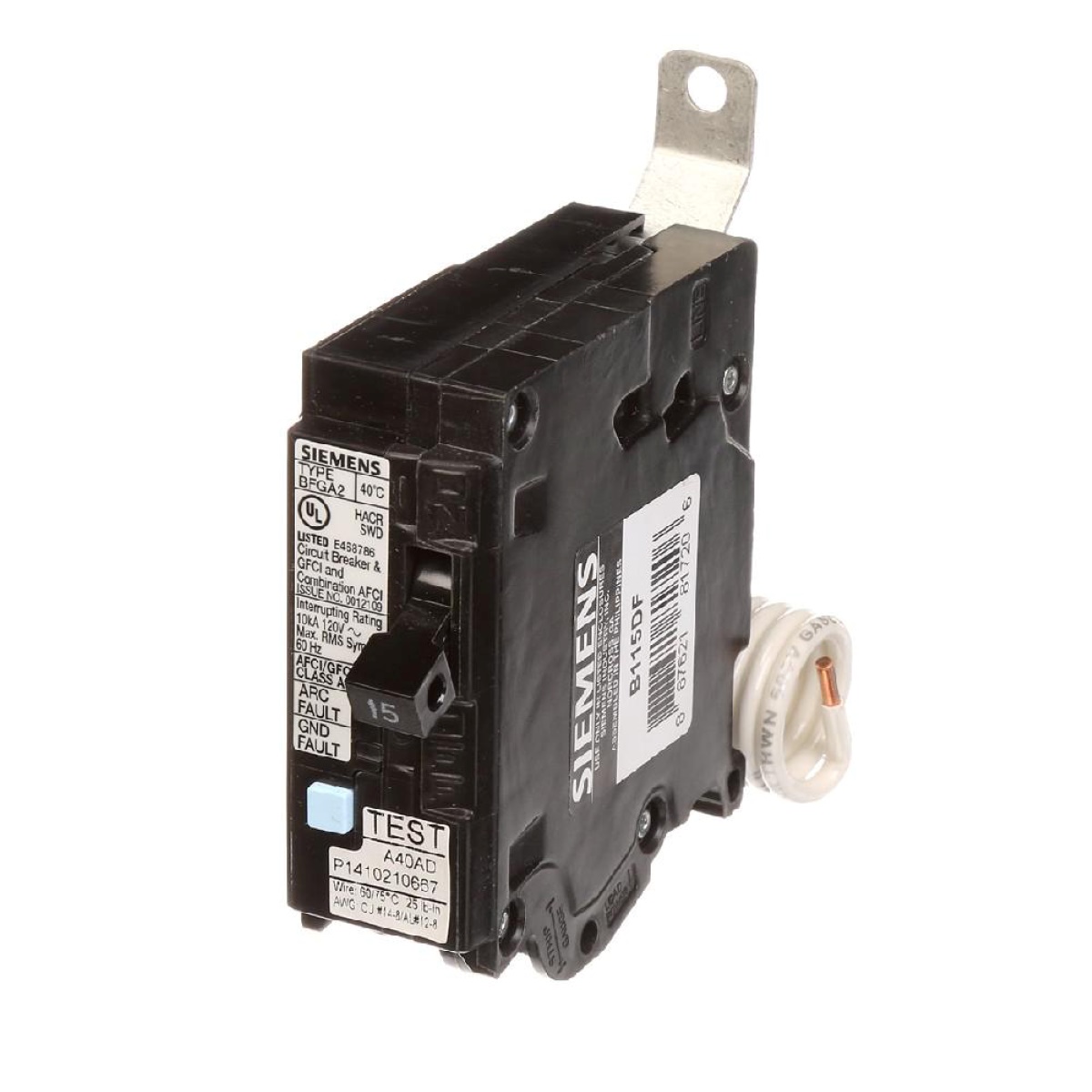
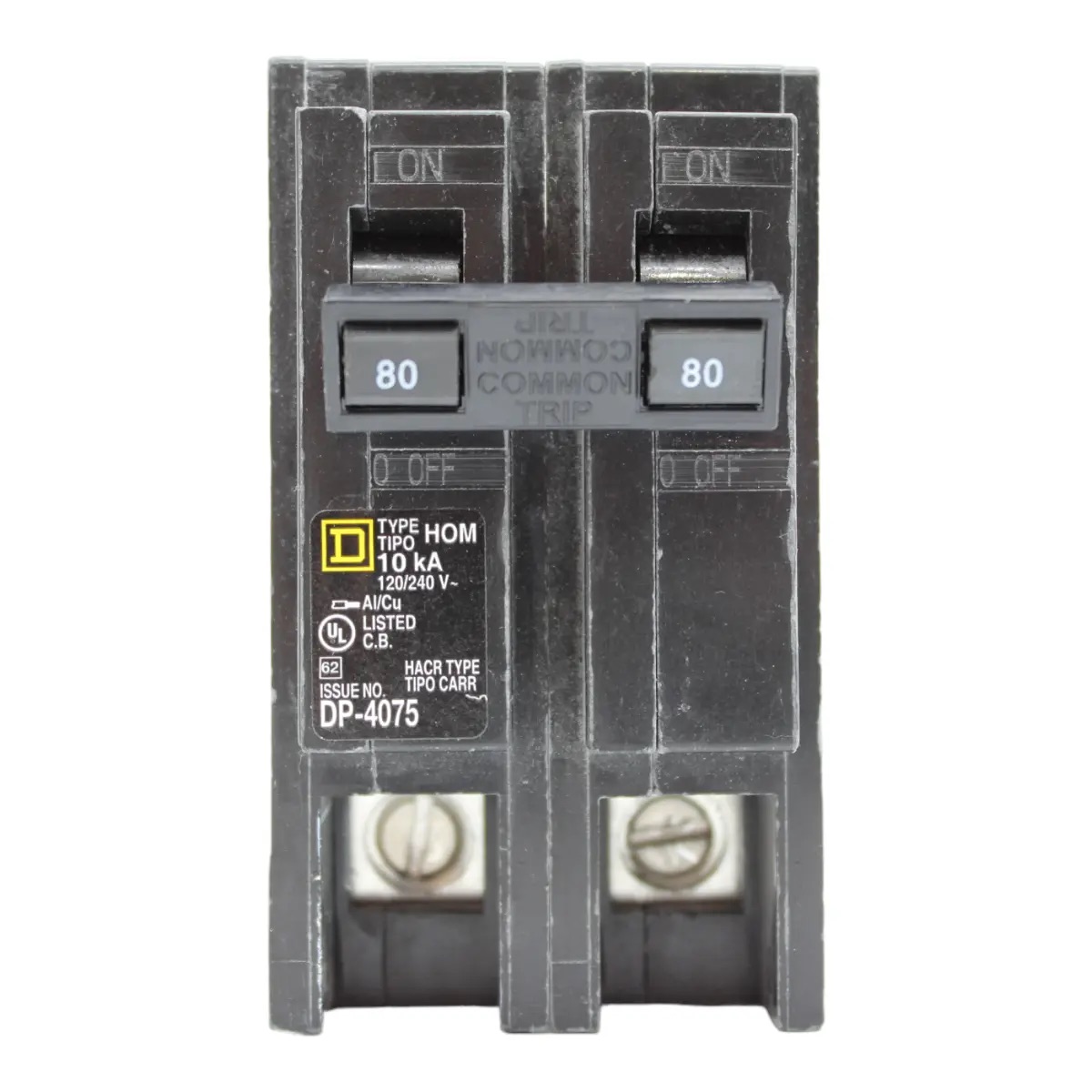
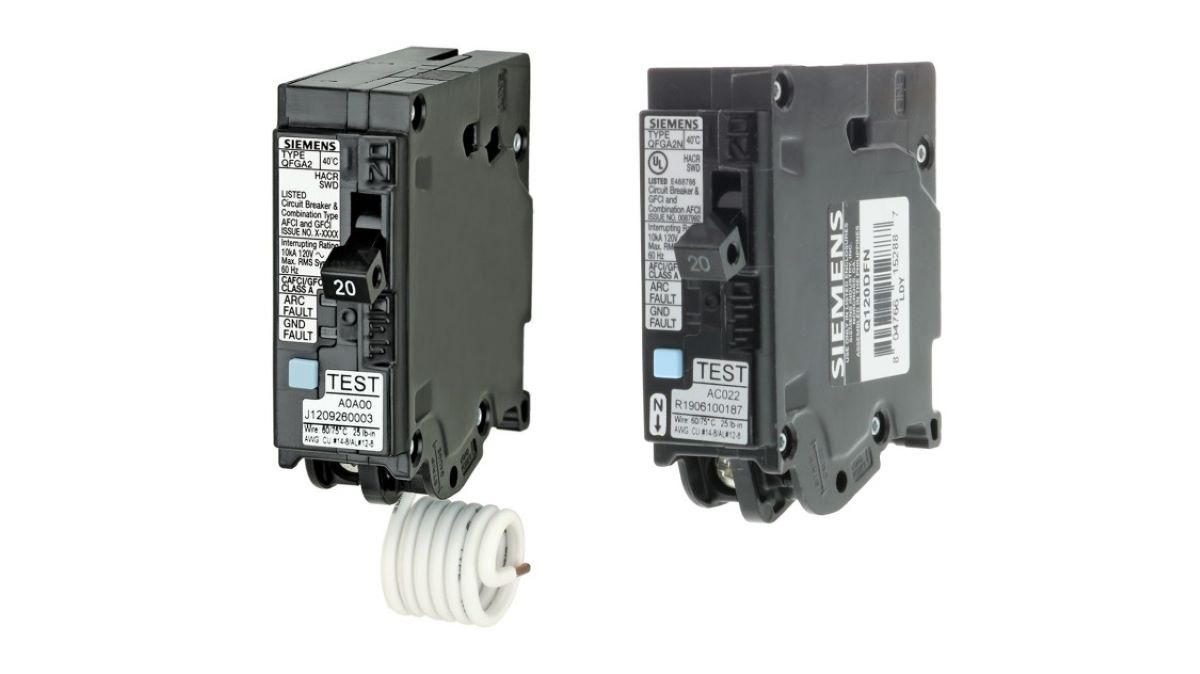
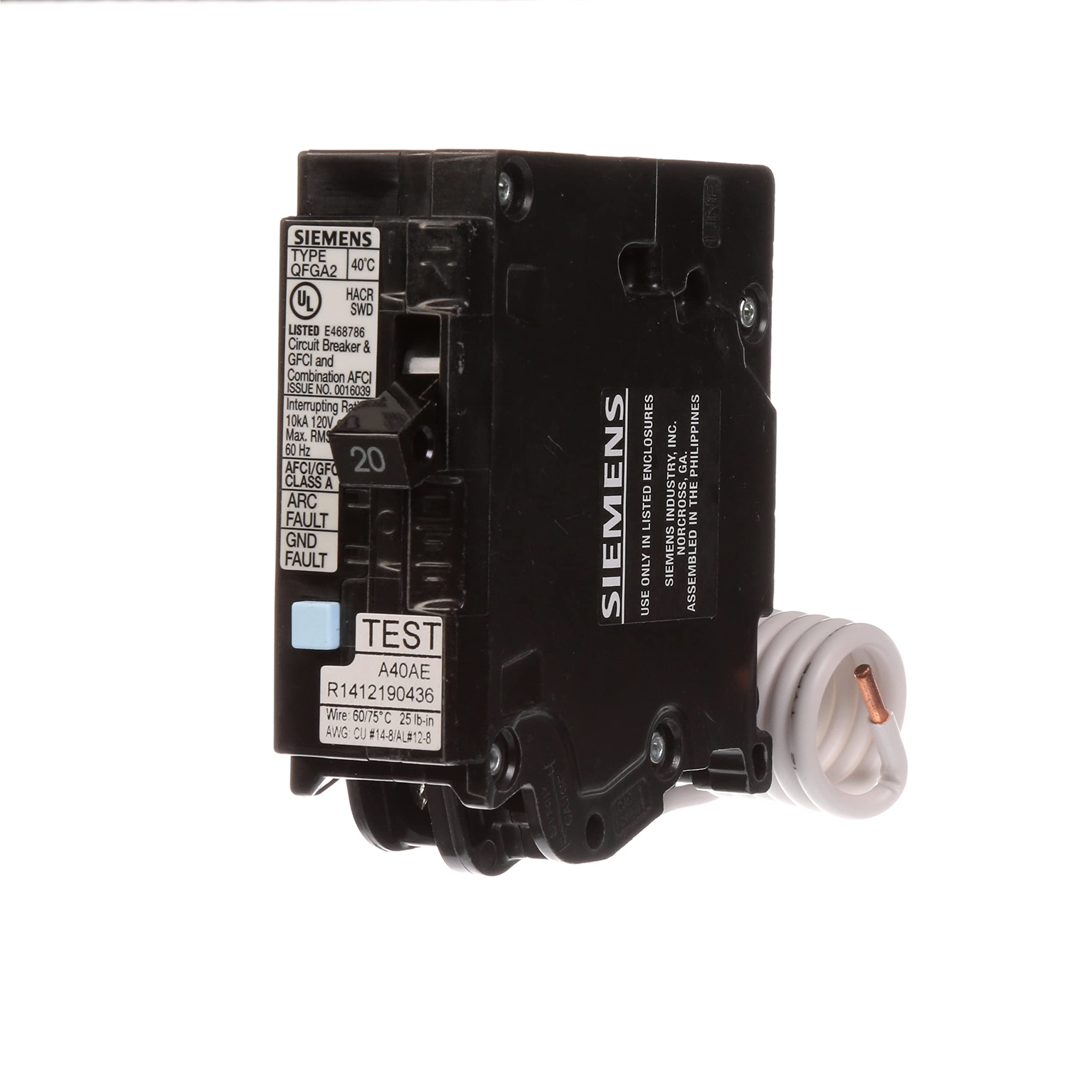
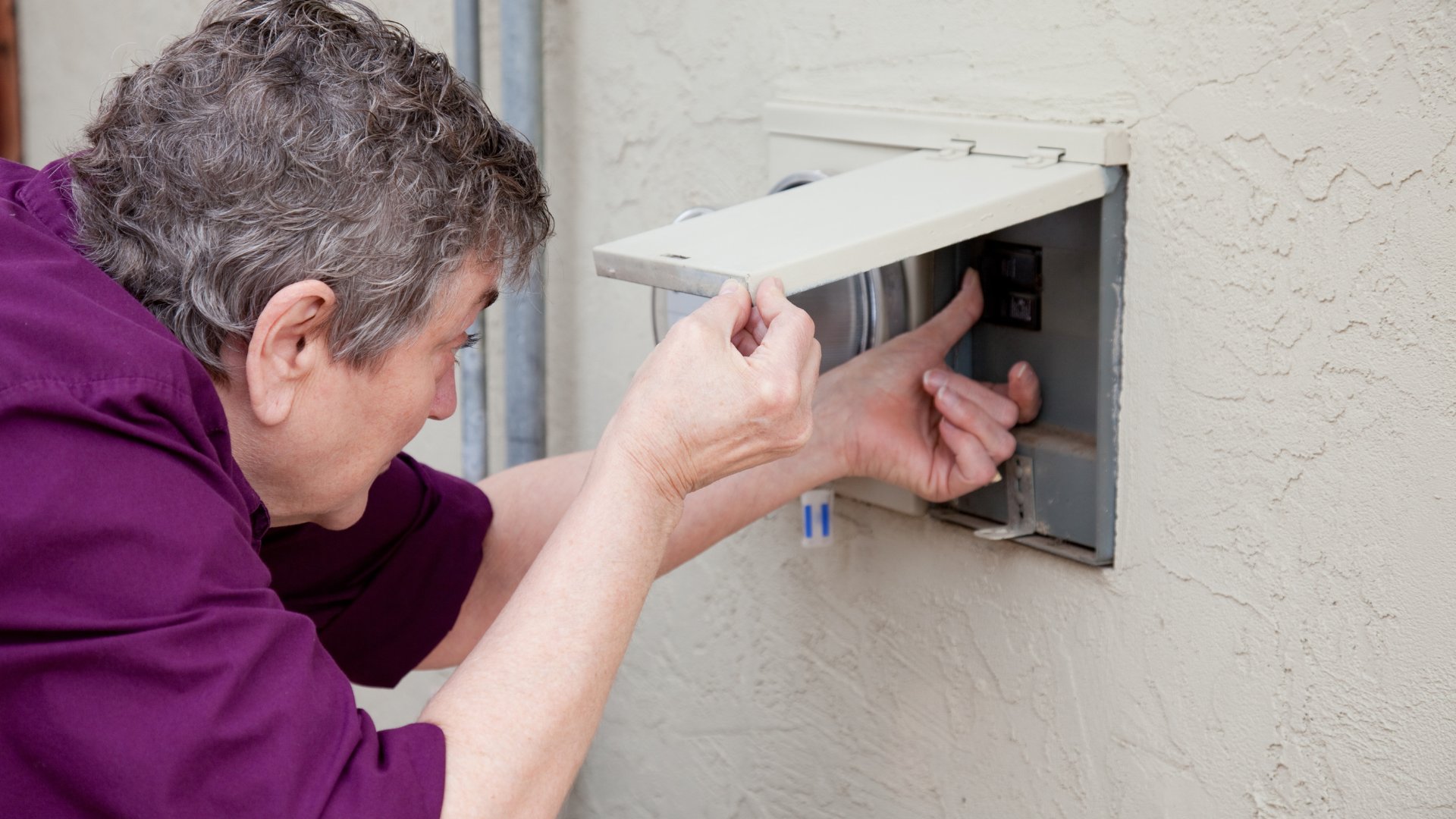

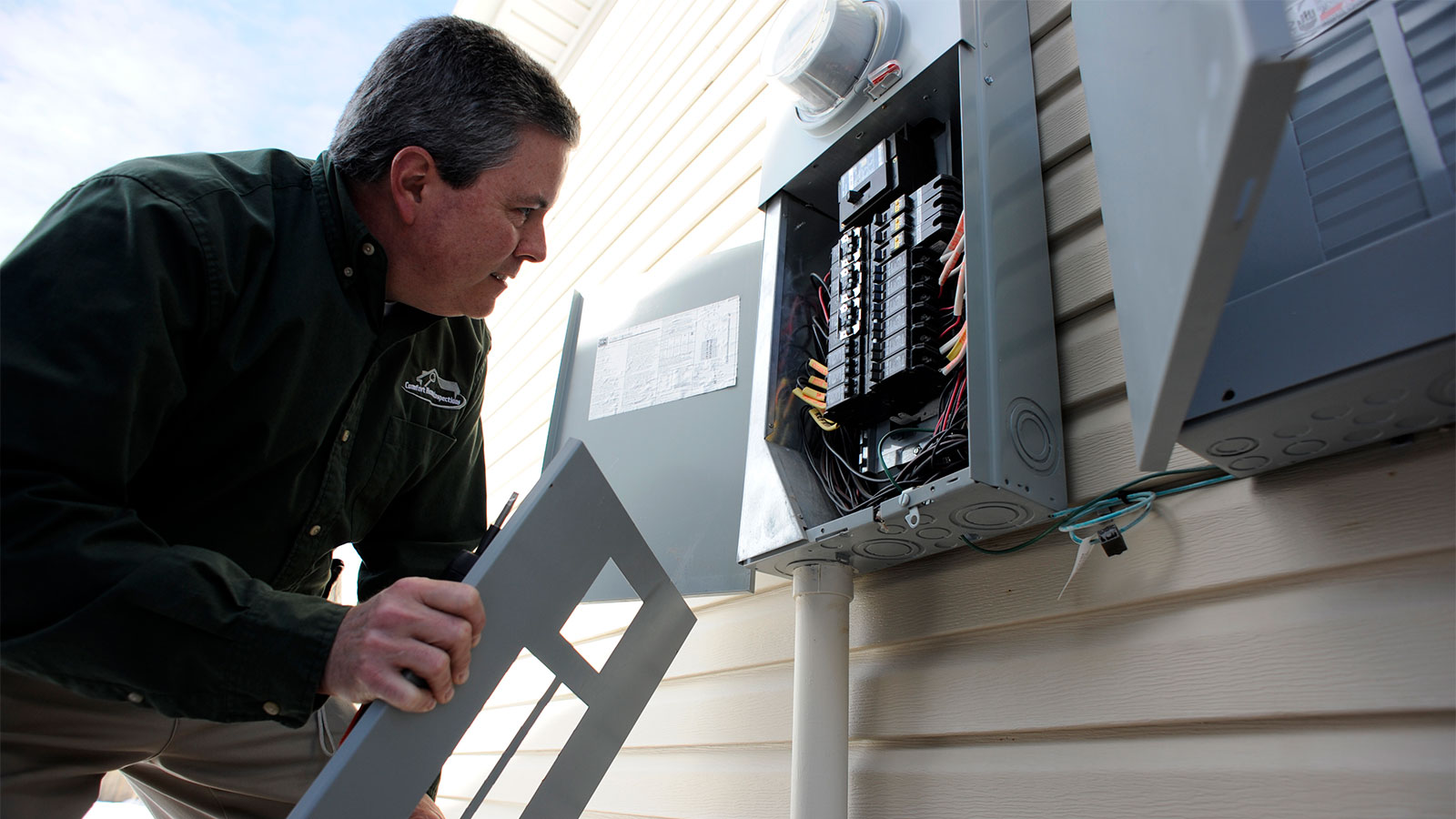
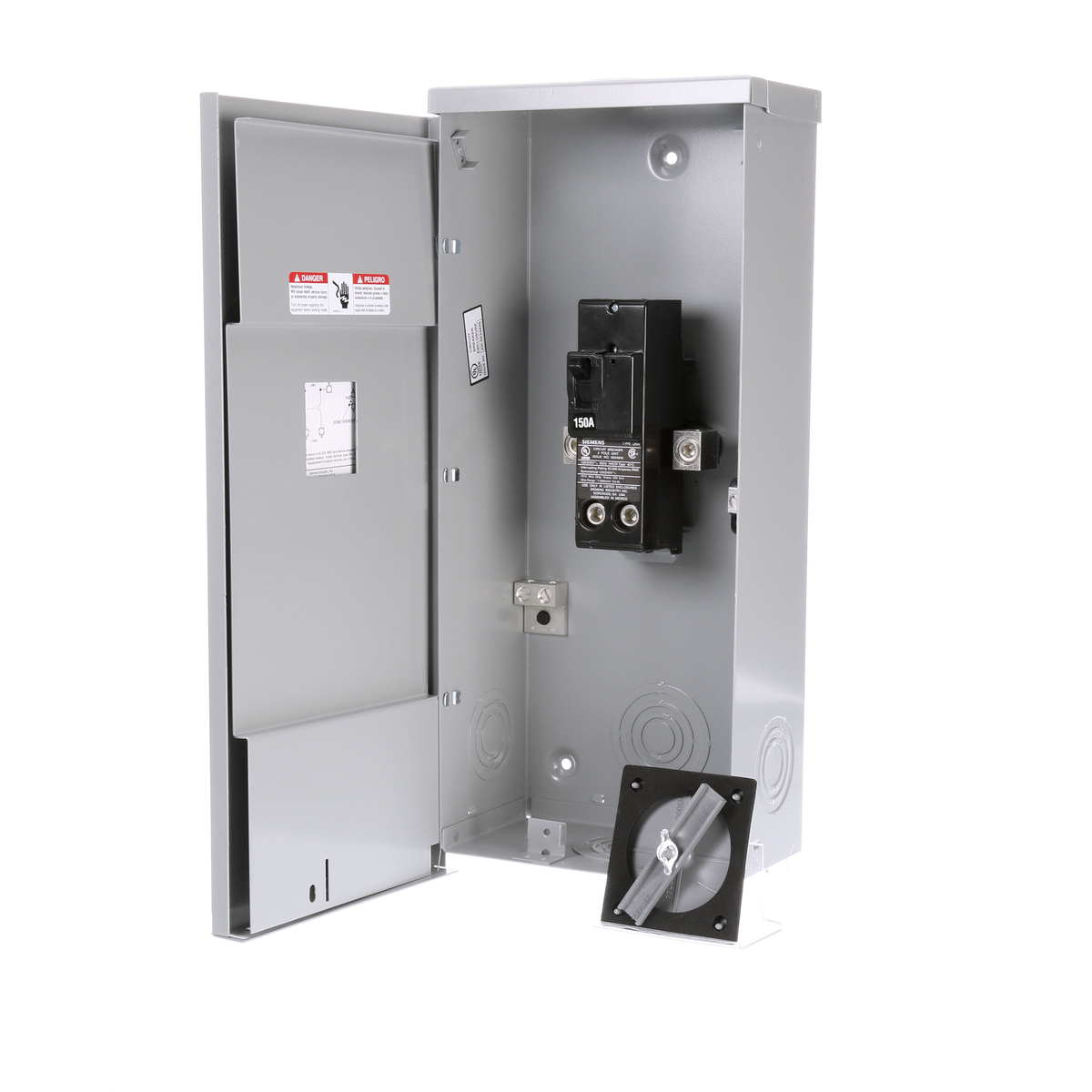

0 thoughts on “Where Are Arc Fault Breakers Required?”